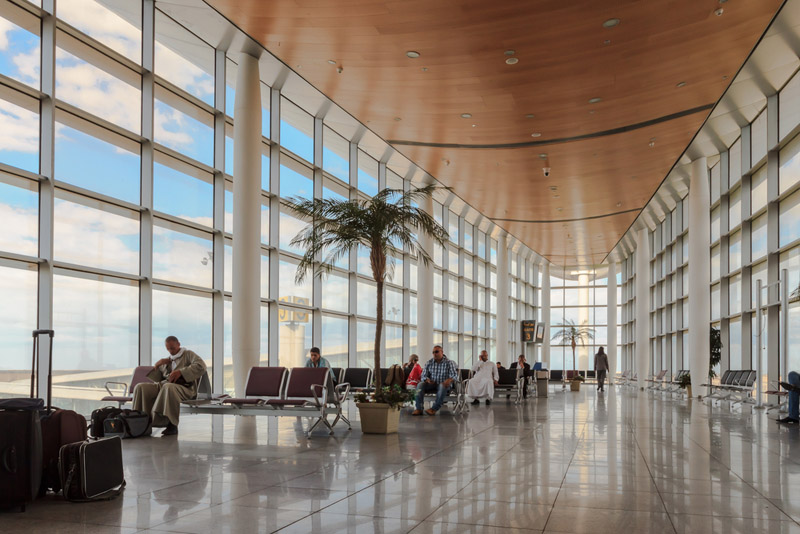In the realm of modern architecture and design, the utilization of transparent materials has become increasingly prevalent. This trend is driven by the desire for aesthetic appeal, natural light, and a sense of openness in buildings. Among the materials employed for this purpose, one stands out due to its versatility, durability, and aesthetic qualities.
Historical Evolution
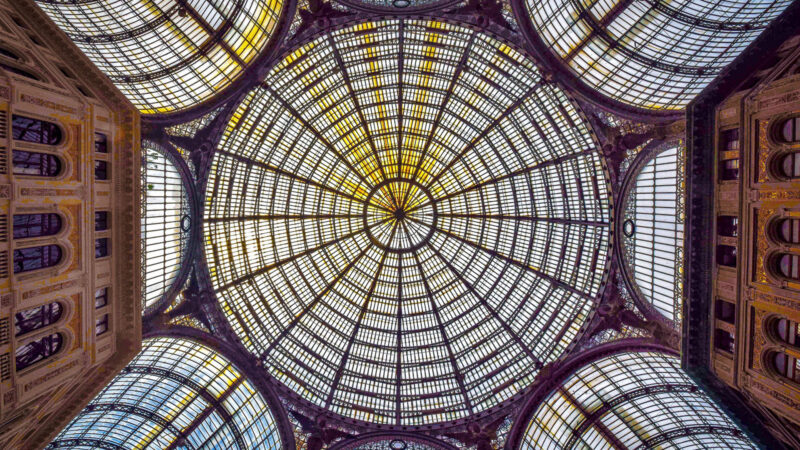
The journey of this material in construction dates back to ancient civilizations, where it was primarily used in small, decorative elements. However, it wasn’t until the Industrial Revolution that significant advancements in production techniques allowed for its broader application in buildings. This era marked a turning point, leading to the material’s widespread use in windows, doors, and eventually, structural components.
Aesthetic and Functional Benefits
One of the primary advantages of incorporating this material into buildings is the enhancement of natural light. Spaces bathed in sunlight are not only more inviting but also contribute to energy savings by reducing the need for artificial lighting. Furthermore, the use of this material in facades and partitions creates an illusion of spaciousness, making environments feel more expansive and connected to the outdoors. Learn more about the benefits and functionalities of glass in architectural design at https://www.ionglass.co.uk/.
Energy Efficiency and Sustainability
The modern iterations of this material are often treated or combined with other materials to improve energy efficiency. Innovations such as low-emissivity coatings and double or triple glazing help in minimizing heat transfer, thereby maintaining interior temperatures and reducing reliance on heating and cooling systems. These advancements align with growing sustainability trends in architecture, addressing the dual goals of aesthetic appeal and environmental responsibility.
Structural Applications and Innovations
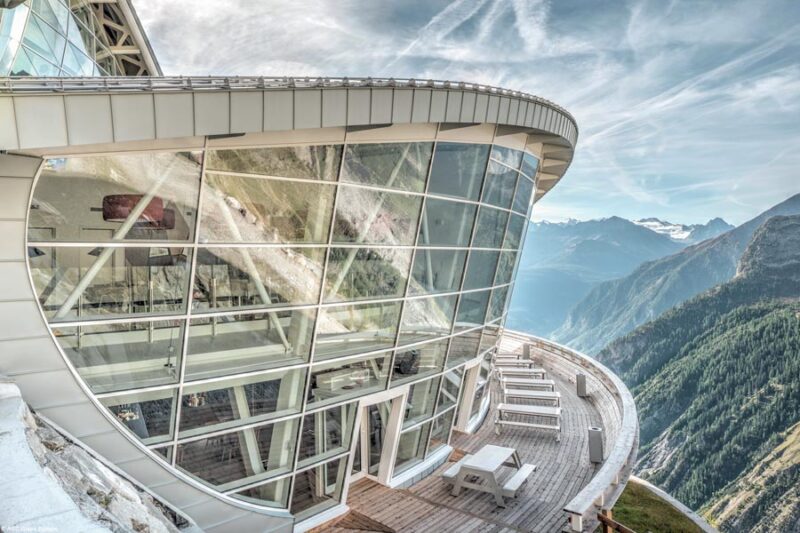
In recent years, technological advancements have expanded the structural capabilities of this material. Techniques such as tempering and laminating have enhanced its strength and safety, allowing for its use in load-bearing elements and expansive, unsupported spans. These innovations have paved the way for breathtaking architectural feats, from towering skyscrapers to intricate bridges, showcasing the material’s versatility and strength.
Challenges and Considerations
Despite its many benefits, the use of this material in construction is not without challenges. One of the main concerns is its fragility compared to traditional building materials like steel or concrete. The risk of breakage and the consequent safety hazards necessitate careful design and engineering to ensure structural integrity and resilience.
Thermal Performance and Insulation
Another critical consideration is the material’s thermal performance. While advancements have been made, large expanses can still lead to significant heat loss or gain, impacting a building’s energy efficiency. Architects and engineers must carefully balance the desire for transparent surfaces with the need for thermal insulation to create comfortable and sustainable indoor environments.
Acoustic Properties
Sound insulation is another factor that often requires attention when using this material extensively in buildings. In busy urban environments or noisy locations, additional measures may need to be taken to reduce sound transmission and ensure acoustic comfort for occupants.
Maintenance and Durability
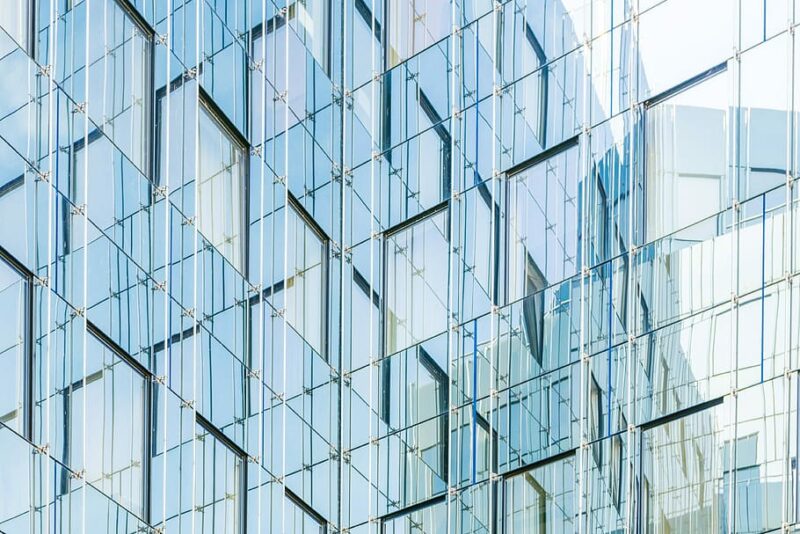
The longevity and maintenance of transparent architectural elements are also important considerations. Exposure to the elements, including ultraviolet light, can affect the material’s appearance and structural integrity over time. Regular maintenance and occasional replacement may be necessary to preserve the aesthetic and functional qualities of the material.
Design Flexibility and Creativity
One of the most compelling aspects of using this material in architecture is the design flexibility it offers. Architects can experiment with various shapes, sizes, and configurations, pushing the boundaries of traditional design. The material’s ability to blend seamlessly with other materials, such as metal, wood, and concrete, opens up a myriad of design possibilities, from minimalist to complex and intricate.
Safety and Security
Advancements in manufacturing processes have also addressed safety and security concerns associated with this material. Laminated and tempered options provide increased resistance to impact and breakage, ensuring that even when broken, the material holds together, reducing the risk of injury.
Integration with Smart Building Technologies
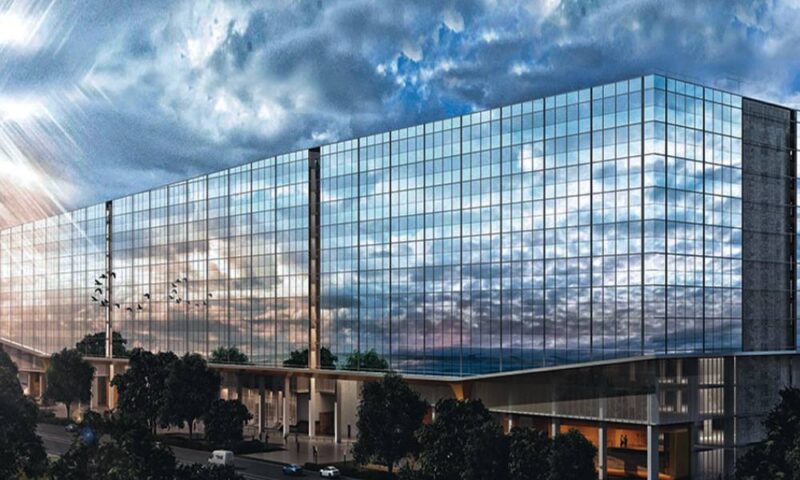
The convergence of transparent materials with smart building technologies represents a significant leap forward in architectural design. Smart glass, with its ability to change opacity electronically, offers dynamic control over privacy and natural lighting, adapting in real-time to the needs of building occupants. This integration not only enhances user comfort but also contributes to energy efficiency by optimizing the use of natural light and reducing reliance on artificial lighting and climate control systems.
Harmonizing Indoor and Outdoor Spaces
The strategic use of transparent materials in architecture serves as a bridge between indoor environments and the natural world outside. This harmonization of interior and exterior spaces is not just a visual or aesthetic consideration; it profoundly impacts the well-being of occupants. By blurring the boundaries between inside and out, buildings can enhance occupants’ connection to nature, improving mood, productivity, and overall mental health.
Cultural and Symbolic Significance
Beyond their practical applications, transparent materials also carry profound cultural and symbolic meanings in architecture. They often symbolize transparency, openness, and modernity, influencing the way buildings are perceived by society. This symbolism plays a crucial role in public buildings, corporate headquarters, and cultural institutions, where the values of clarity, openness, and innovation are paramount.
Future Perspectives
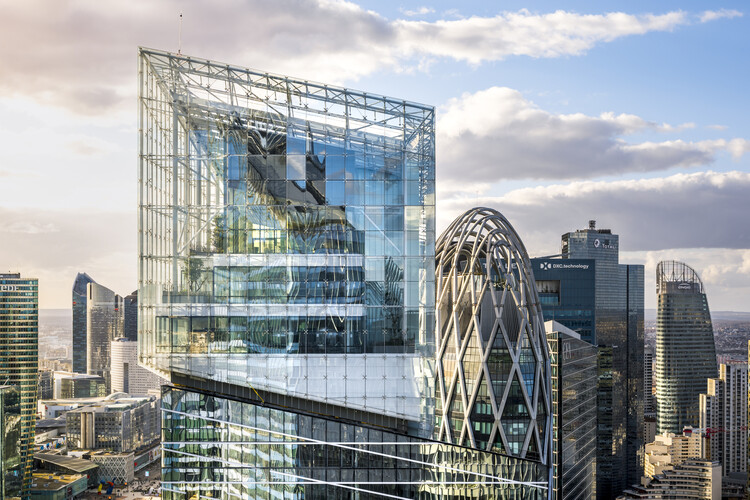
Looking ahead, the role of transparent materials in architecture is poised for further evolution. Ongoing research and development in areas such as smart glazing, which can adjust transparency and insulation properties in response to environmental conditions, promise to enhance the functionality and sustainability of buildings. These innovations, coupled with a growing emphasis on green building practices, suggest a bright future for the use of transparent materials in architecture.
Conclusion
The use of transparent materials in architectural and structural design has not only transformed the aesthetics and functionality of buildings but also integrated them with cutting-edge technologies and imbued them with cultural significance. The challenges that come with this material are continually addressed through technological advancements, making it more versatile, safe, and sustainable. As the industry moves forward, the fusion of transparent materials with smart technologies and their symbolic value in modern architecture promise to further enrich our built environment.
Related Posts:
- 10 Tips for Making the Right Choice between Glass…
- 9 Best Sci-Fi Movies of 2015: A Journey Through…
- Best Sci-Fi Movie Marvels of 2016: A Journey Through…
- Femitheist Advocates Society of Sameness and Almost No Men
- Quick Tips to Naturally Increase Fertility and Boost…
- How to Spend a Winter in Norway with Joy and Wonder:…

